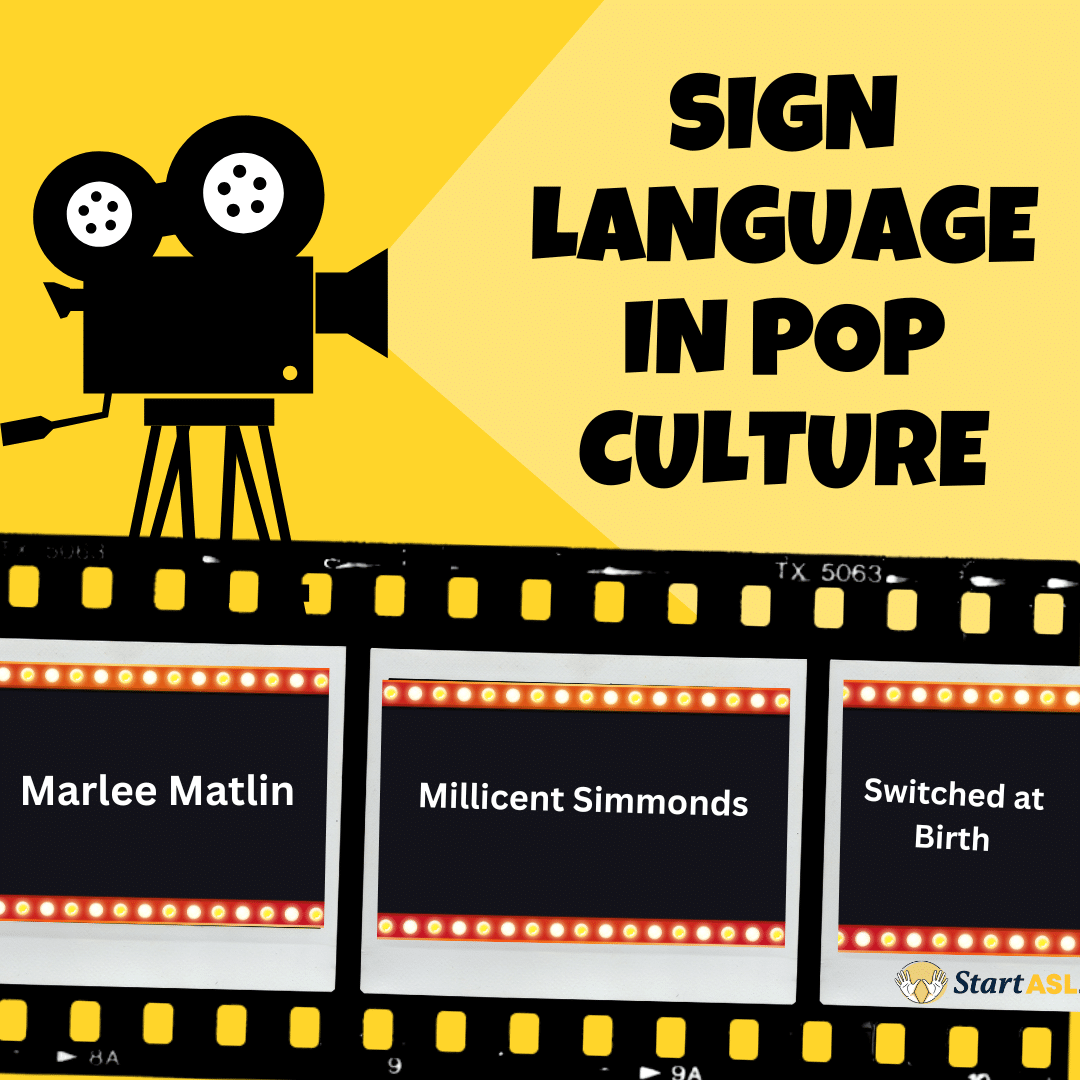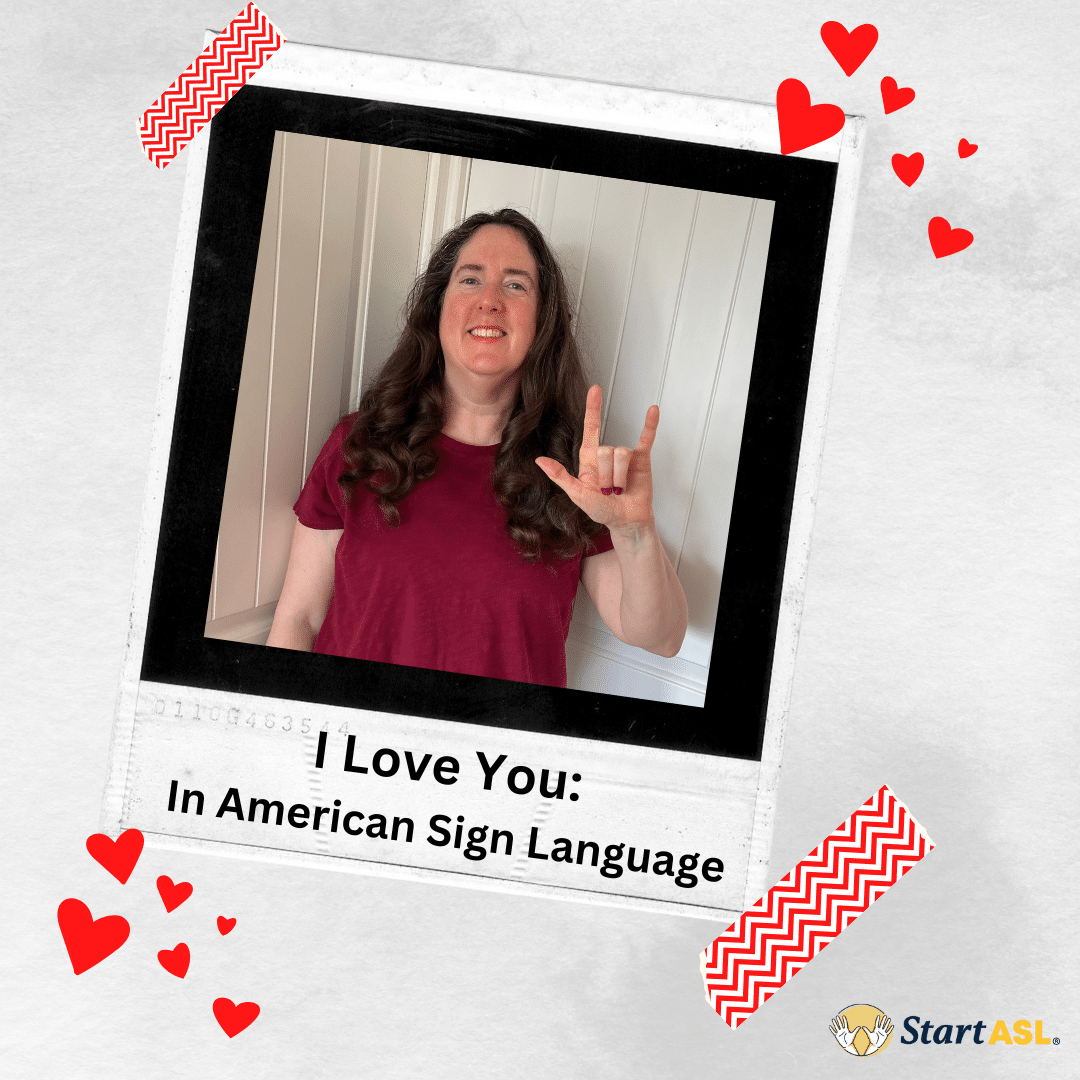
Hit of COVID – Communication Barriers For the Deaf/Hard of Hearing and How to Handle It
- by Katelyn Cheng
- No Comments

Ever since the pandemic hit in February 2019, people began masking up to protect themselves from catching and spreading the deadly virus. The mask and a few additional protections such as double masks, plastic face coverings, or plastic walls between the speaker and receiver have created huge communication barriers between the hearing and the Deaf and hard of hearing (DHH) community. The communication barriers include not being able to read lips, muffled voices, blocked facial expressions, and conversations in loud environments with masking. Many hard of hearing people heavily rely on lipreading to understand what is said, but without this assistance, this is just another obstacle for hard of hearing people. The second communication barrier comes from the masks – the person speaking is more muffled than if the person did not wear mask(s), which makes it twice as hard for deaf people to understand the speaker since both the volume and the enunciation of words are muffled. The third communication barrier is from masks covering half of the face, which hides the facial expression. Both Deaf and hard of hearing people use facial expressions to help them understand not only what is said but also the tone of the conversations. Expression is key in American Sign Language communication and is significant in the Deaf culture. Masks or face coverings block the face, therefore hiding facial expressions, which adds to the communication barrier. The fourth communication barrier is that DHH people are conversing with other hearing people in noisy environments, which is true even pre-Covid. But this is already hard as it is, so imagine wearing masks and having trouble hearing – this triples the difficulty of communication.
So with all these communication barriers in mind, how can someone successfully communicate with a DHH person? Well, most people are not aware of other ways to communicate such as writing on paper or writing on the phone. Some people will remove their masks, so hard of hearing people are able to read lips. If someone is not comfortable or is not allowed to remove his or her mask, then the person should try to speak louder and clearer, use gestures, or point to what the item he or she is referring to to help aid with what is being said. There are even masks out there that are made with a clear piece at the mouth so that the mouth part is clear and see through. These type of masks are ideal for DHH people because it eliminates one of the barriers and allows for lipreading. There are many apps that caption real-time what is said, but these apps do not always work because the masks sometimes mute the volume of the voices so much that the phone is not able to pick up the voices. The most recommended way to work through these communication barriers is to learn American Sign Language. Here is how you can learn sign language: Start ASL offers ASL 1, ASL 2, AND ASL 3 classes for anyone who wants to learn sign language. This is the most ideal communication method that will break down all communication barriers. Even simple fingerspelling means a lot to DHH people.










